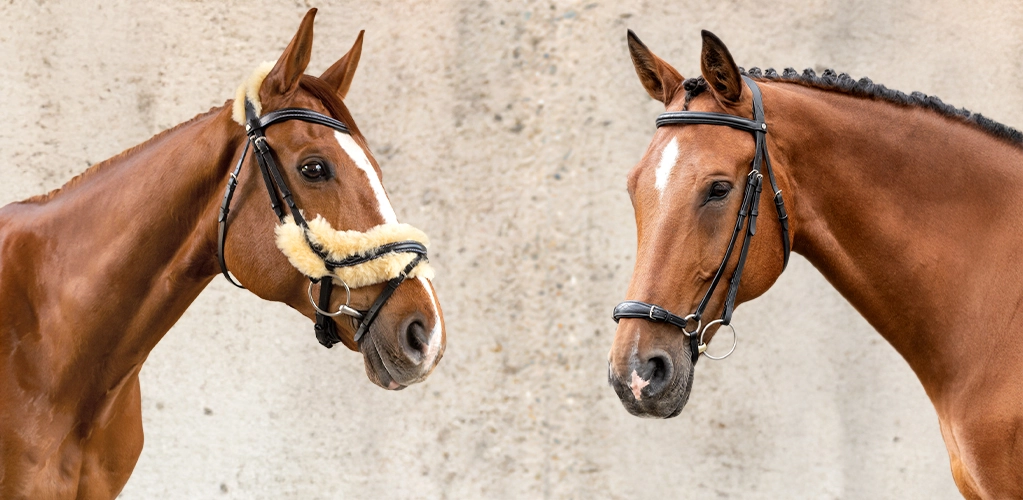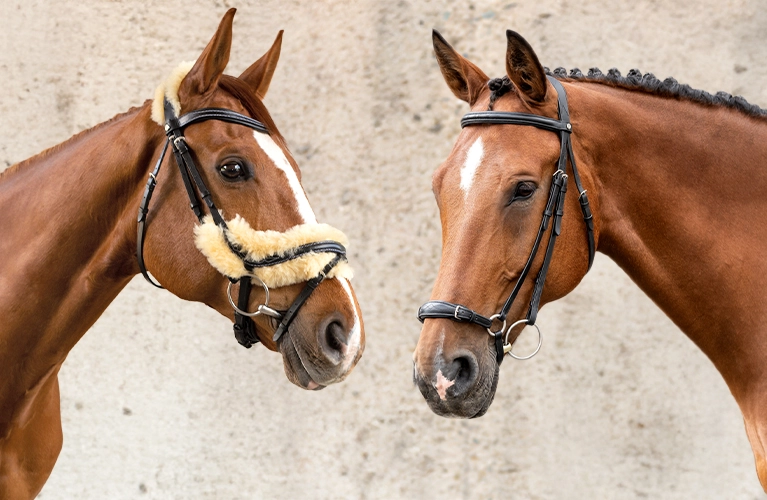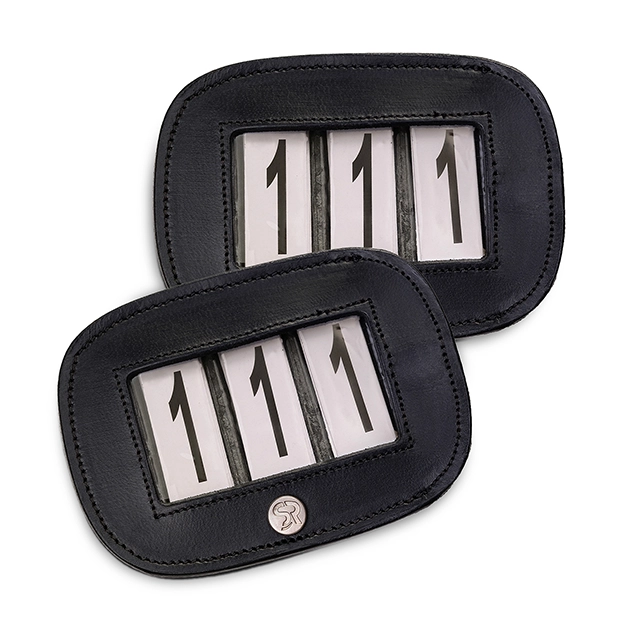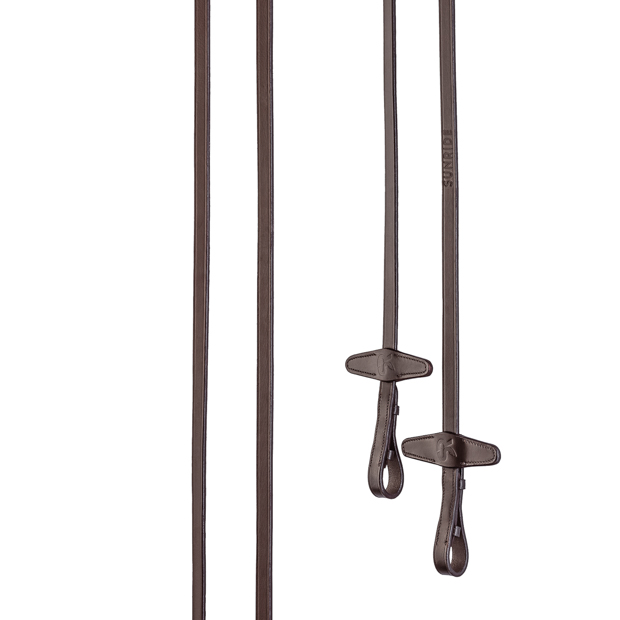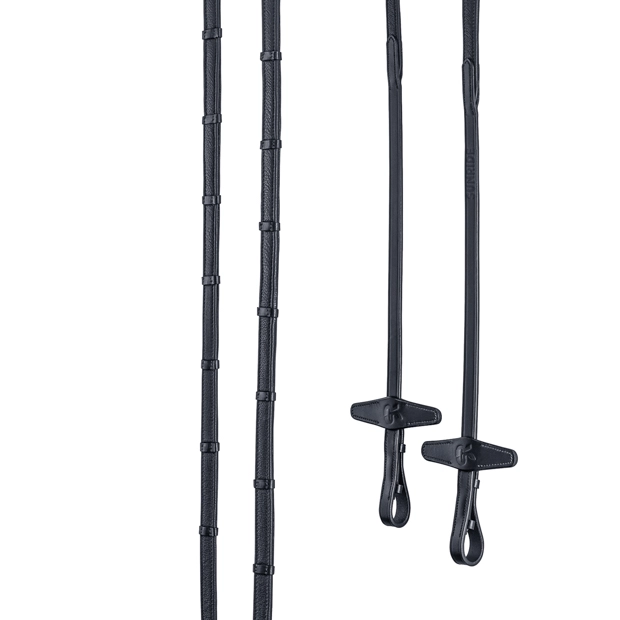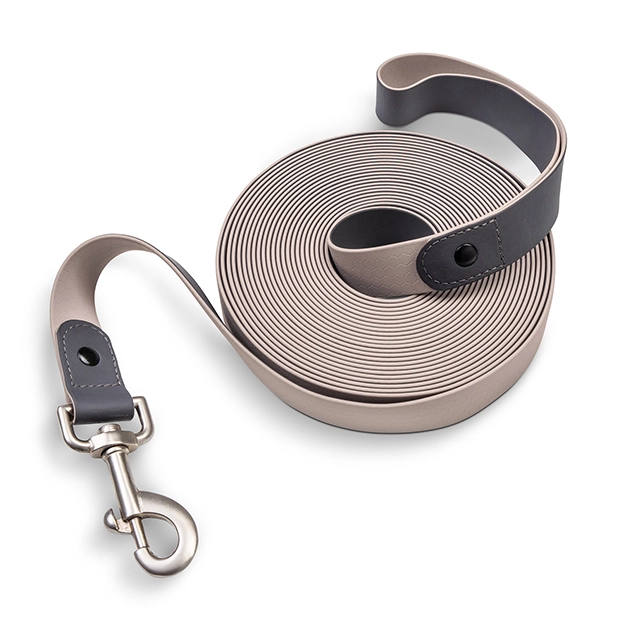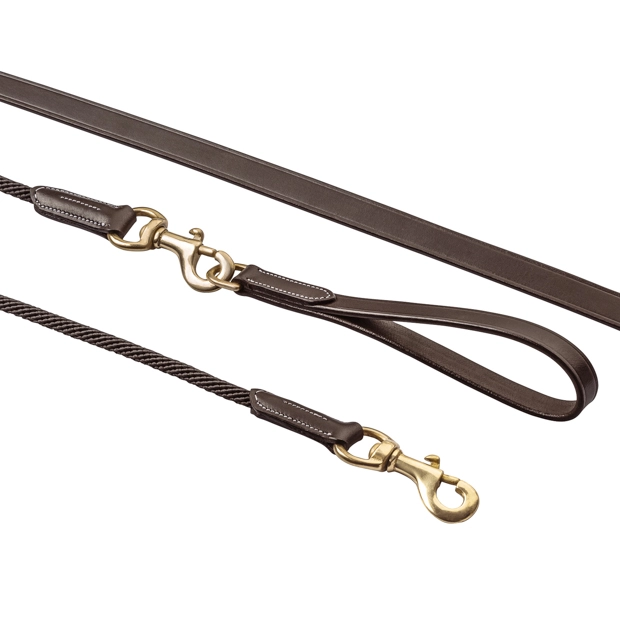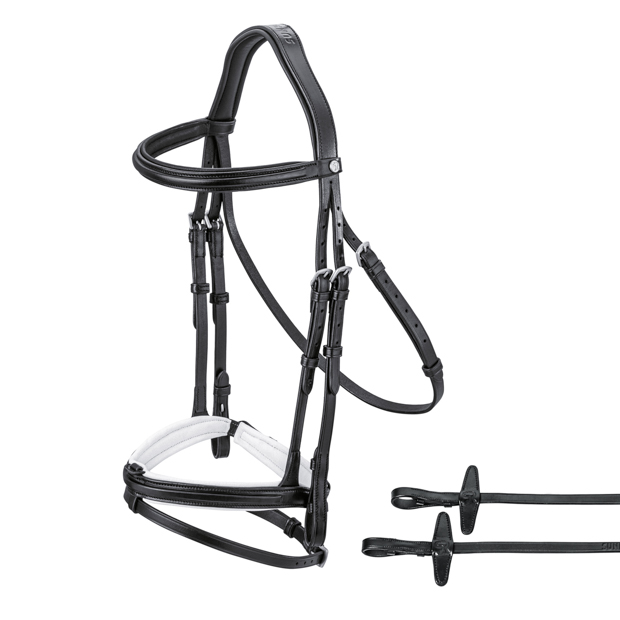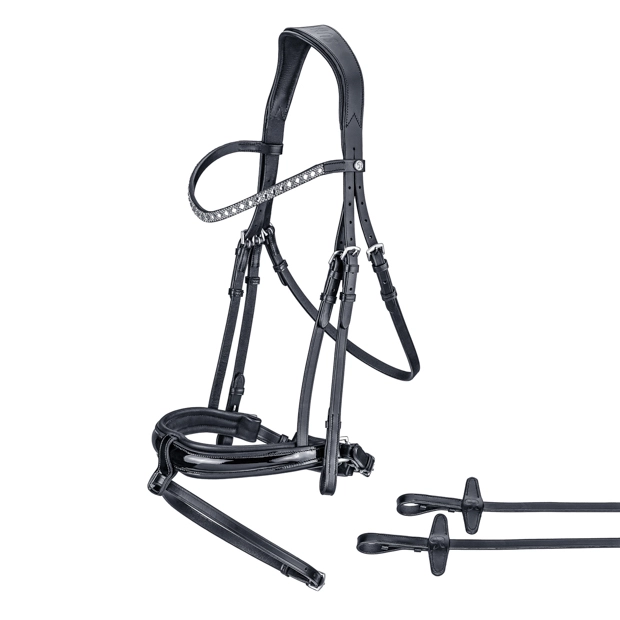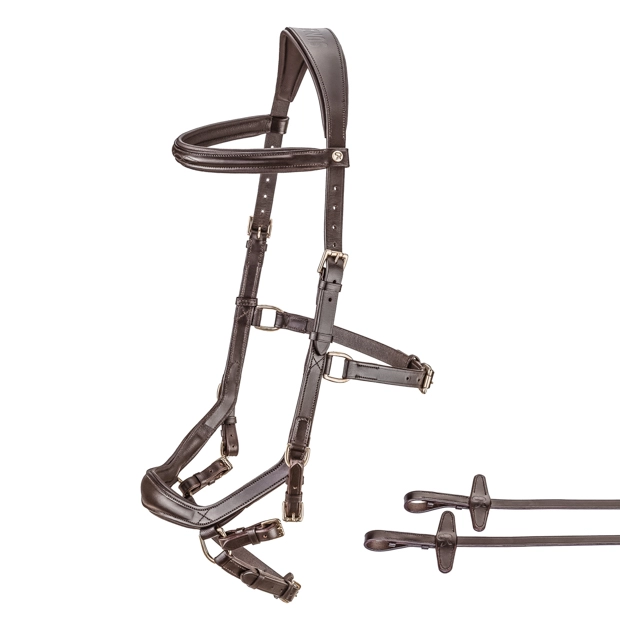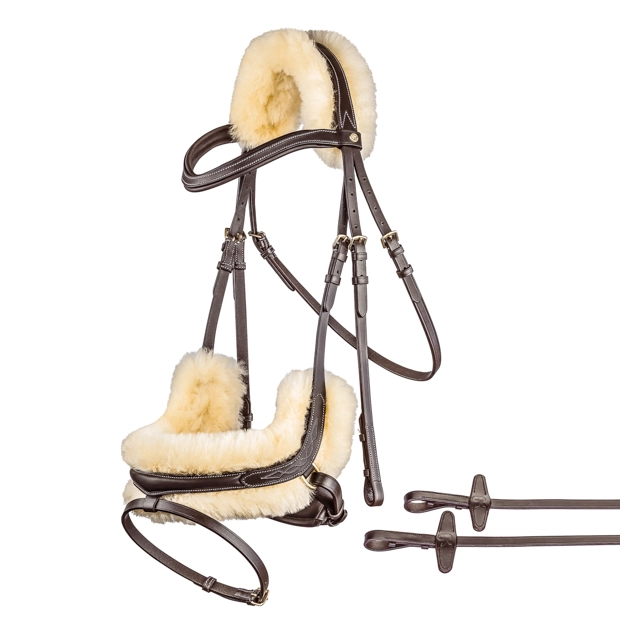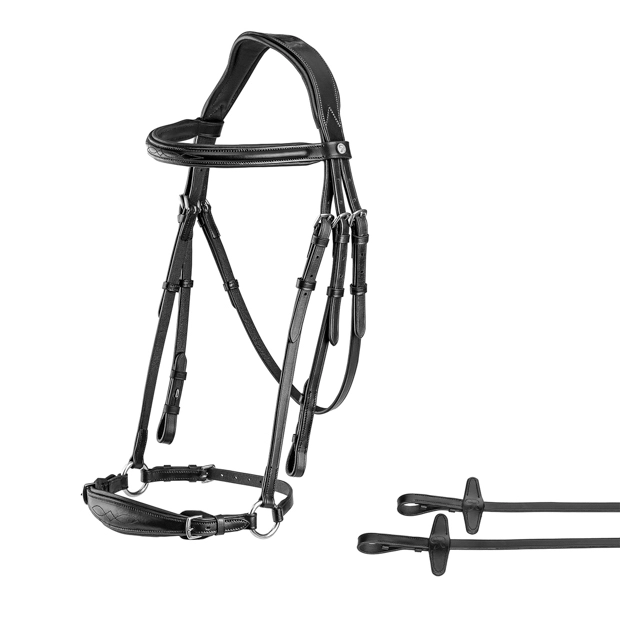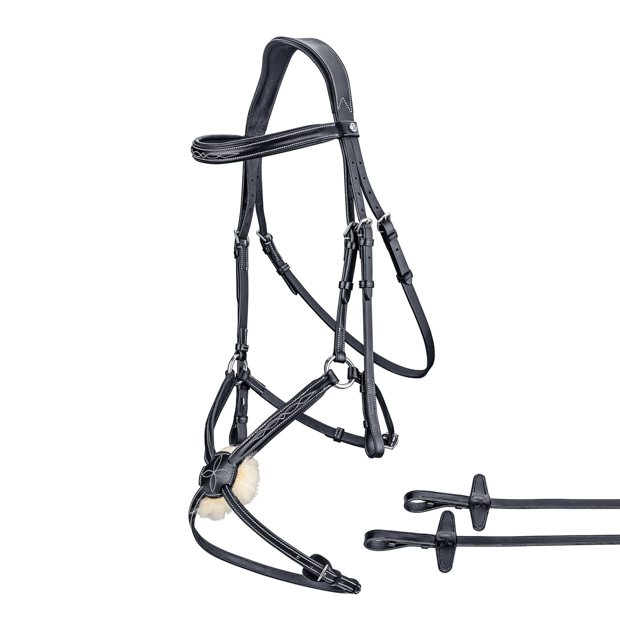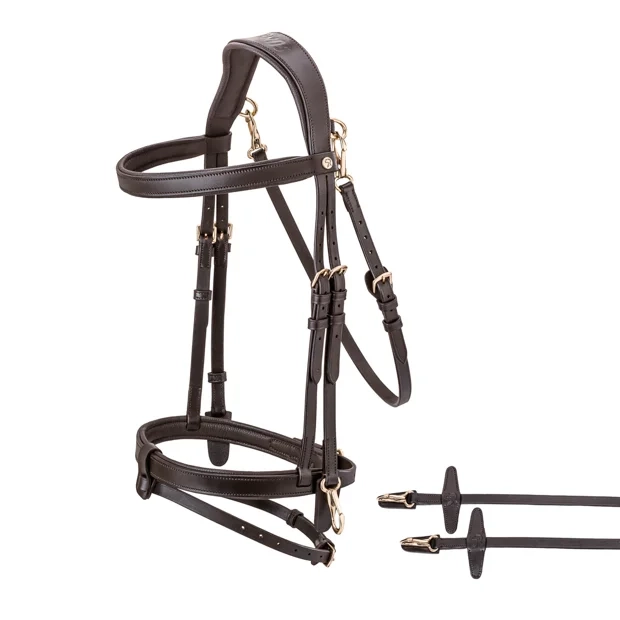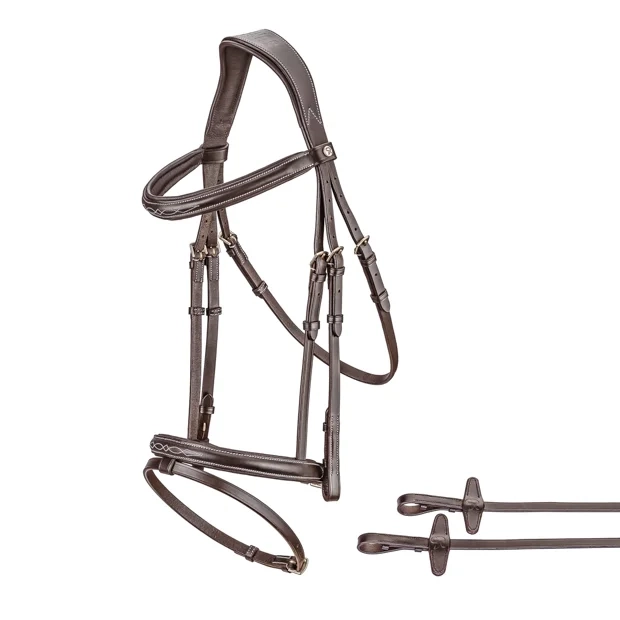Leather Bridles: Exquisite Craftsmanship for a Harmonious Connection
Bridles made from genuine leather represent the perfect fusion of elegance and functionality. Indispensable in equestrian sports, bridles facilitate direct communication between rider and horse. The use of high-quality genuine leather not only imparts an appealing visual allure but also ensures durability and comfort for the horse. In this comprehensive guide, various types of leather bridles are introduced, including the Swedish bridle, Mexican bridle, English combined bridle, Hanoverian bridle, and the cavesson.
Swedish Bridle
The Swedish bridle is a favored style of bridle used in equestrian sports. It distinguishes itself through its unique anatomy, with the crownpiece passing over the sensitive poll of the horse, thereby minimizing pressure in that area. The Swedish bridle's effectiveness is largely attributed to its distinctive impact on the horse's mouth. The positioning of the bit rings establishes a more direct connection to the horse's mouth, facilitating precise communication between rider and horse. The influence on the horse's tongue and bars is comparatively gentle, rendering it suitable for more sensitive horses. Nevertheless, proper fitting and usage are essential to prevent potential pressure points.
Mexican Bridle
The Mexican bridle is a style that stands out due to its distinctive appearance. Its prominent feature is a wide noseband that runs across the horse's nose. The Mexican bridle's effect primarily targets the nose and chin area. The broad noseband distributes pressure evenly and mitigates potential stress points in comparison to conventional nosebands. This can contribute to reducing pressure on the delicate nasal bone while still enabling precise communication between rider and horse. The Mexican bridle is often employed with horses that react sensitively to traditional bits or require a specialized form of bridle.
English Combined Bridle
The English combined bridle stands as one of the most renowned and commonly used bridle styles in equestrian sports. It comprises a crownpiece, browband, noseband, and bit. The English bridle's effect relies on the pressure exerted on the horse's mouth and sensitive mouth region. The degree of influence depends on the type of bit used, with different models targeting distinct pressure points within the horse's mouth. By correctly managing the reins, the rider can convey precise signals to the horse for steering and pace control. Proper fitting and usage are imperative to ensure the horse's well-being.
Hanoverian Bridle
The Hanoverian bridle is characterized by its anatomically shaped crownpiece that alleviates pressure on the sensitive poll of the horse. The Hanoverian bridle's effect stems from its unique design, which minimizes pressure on delicate areas such as the poll, ears, and nerve pathways. This can enhance the horse's well-being and facilitate improved communication between rider and horse. Additionally, correct bit placement in the horse's mouth can enhance the precision of the cues.
Cavesson
Our cavesson allows for a combination of cavesson and bit. The cavesson itself serves as an aid for lunging the horse or performing ground-based gymnastic exercises. The pulling forces are distributed across the noseband and crownpiece. By adding bit hangers, a bit can be attached to the cavesson, enabling more refined communication between rider and horse. The effect of the cavesson with bit hangers lies in the fact that the horse responds to subtle aids through pressure on the nose and crown, while the bit offers more precise control. This equipment can be particularly helpful in training young horses or refining subtle aids.
Considerations When Purchasing a Bridle:
-
Fit and Comfort: The fit of the bridle is of utmost importance to provide comfort to the horse and enable effective communication. The noseband should neither be too tight nor too loose to avoid pressure points. The crownpiece should be well-padded and not restrict the horse's neck.
-
Material Quality: Bridles made from genuine leather are generally more durable and comfortable compared to those made from synthetic materials. Our leather is of good quality and is carefully processed to ensure longevity.
-
Horse Anatomy: Every horse's head is unique. Some horses have sensitive facial points and may require a bridle with a special design, such as the York bridle. The choice of the bridle should take into account the individual anatomy of the horse.
-
Riding Discipline and Style: Depending on the riding discipline and style, a specific bridle may be more suitable. For instance, dressage often requires precise communication, while show jumping demands good control. Choose a bridle that aligns with your activities.
-
Adjustability: A good bridle should offer various adjustment options to ensure an optimal fit. Adjustability involves the noseband, crownpiece, and potentially the throatlatch.
Notable Facts about Bridles:
-
Historical Background: Bridles have been used for centuries and have evolved over time. Originally, they primarily served as a means to control horses during riding and work.
-
Anatomy-Oriented Designs: The development of bridles like our York bridle underscores the growing focus on anatomically accurate fits. These bridles take into account the sensitivities of the horse's head and facilitate improved communication.
-
Care and Maintenance: Bridles made from genuine leather require regular maintenance to preserve their beauty and functionality. Leather should be cleaned regularly and treated with leather care products to keep it supple and prevent cracking.
-
Tradition vs. Innovation: While traditional bridle styles still remain prevalent, innovative designs have influenced our understanding of the relationship between rider and horse. These designs often provide added comfort and promote respectful communication.
-
Bridles as Expression: Bridles can also serve as an expression of both the rider and the horse. Some riders prefer classic, simple designs, while others take the opportunity to showcase their individuality through striking embellishments and Details.

